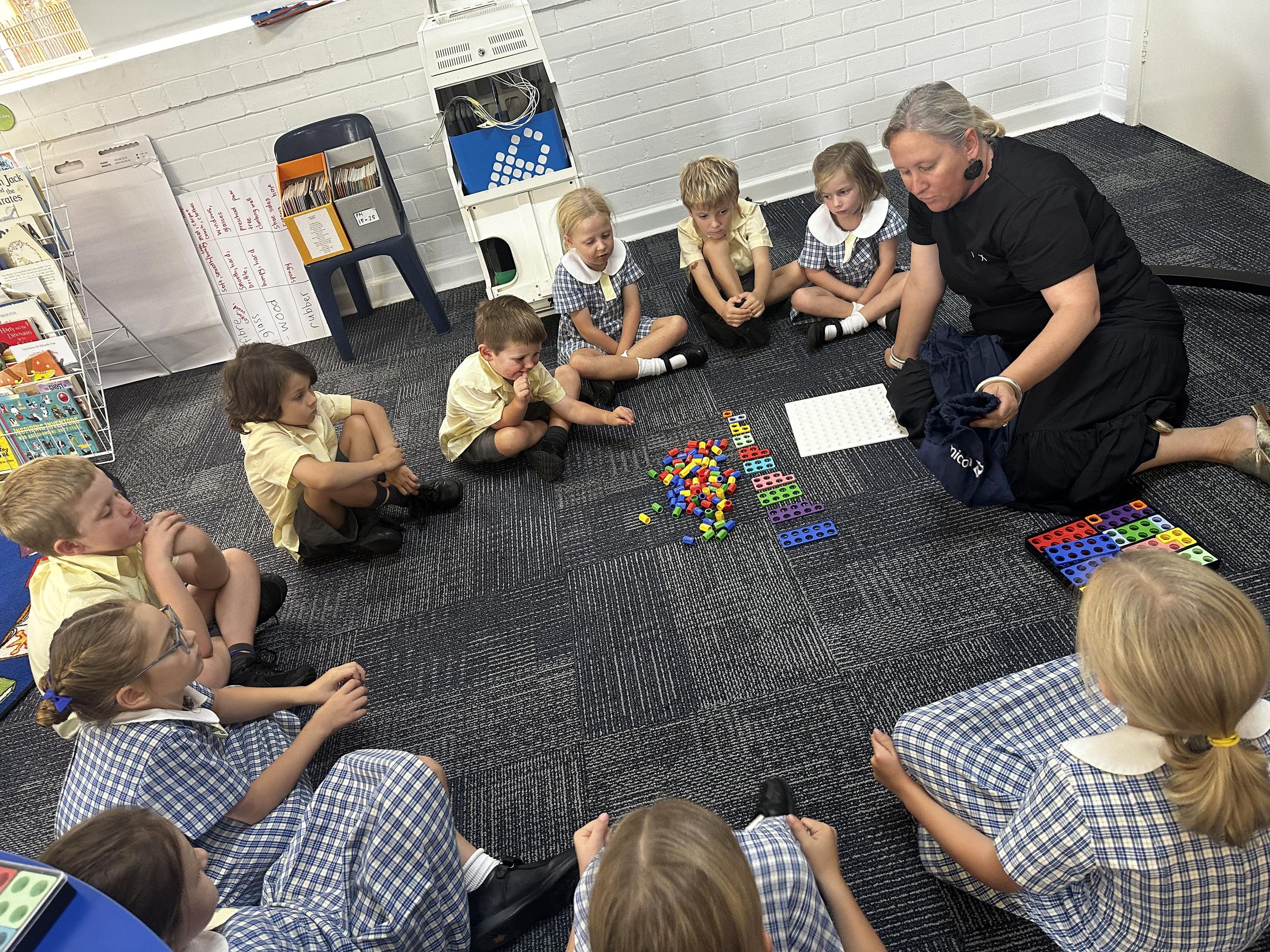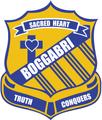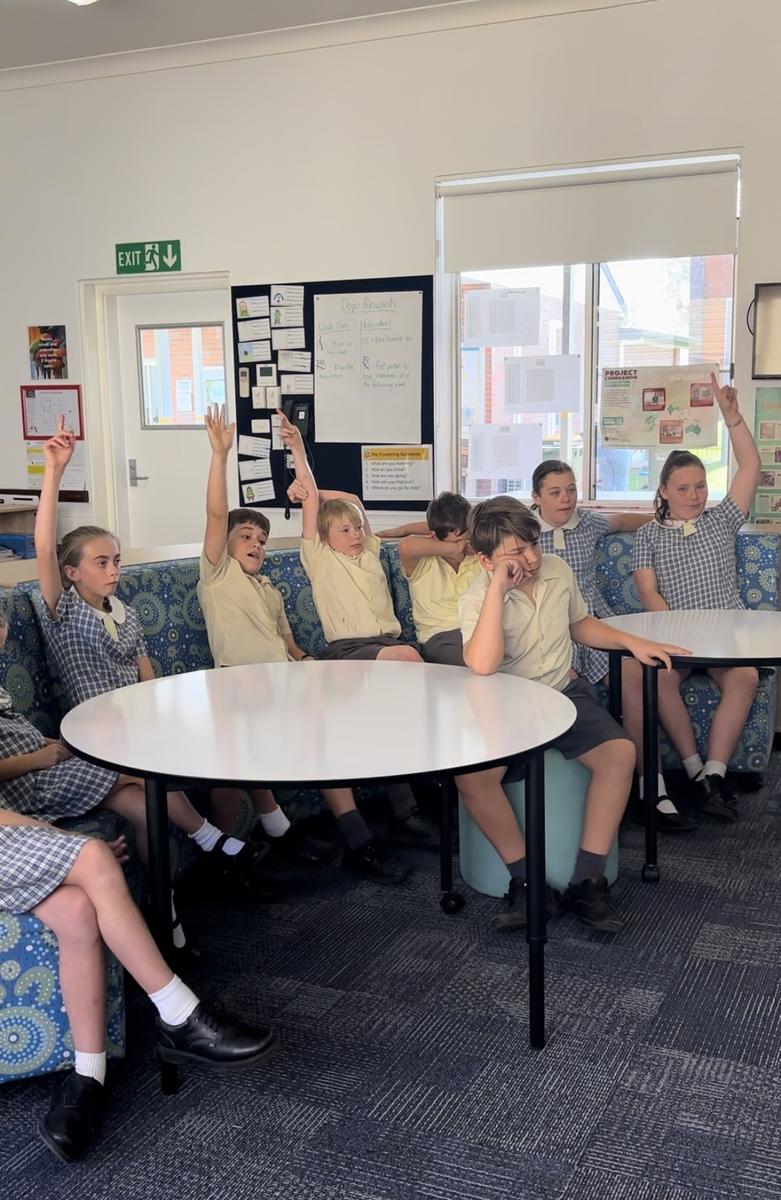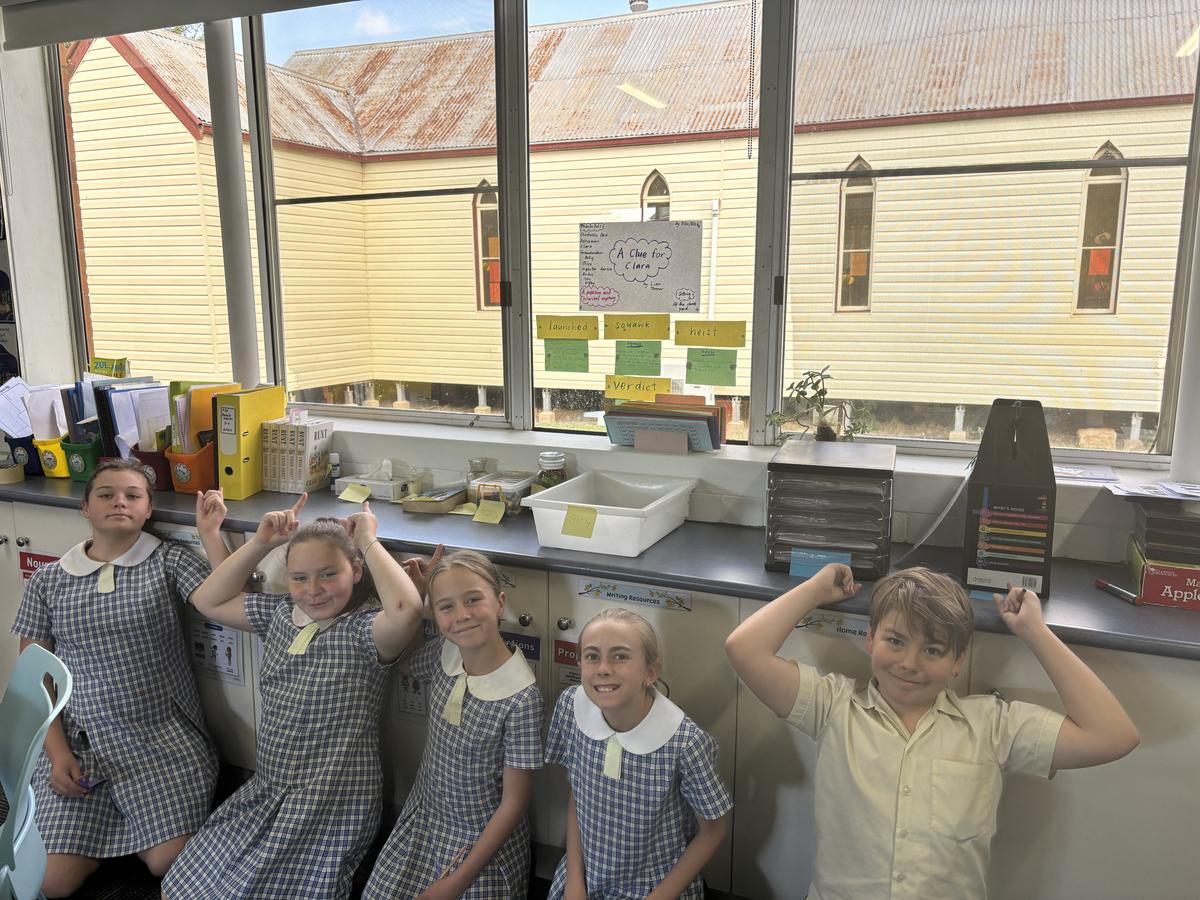Spotlight on the Classroom

SPOTLIGHT ON 3-6
STAGE 2 - MASS
Why is it important?
Give it a reason: When you go to the doctor for a checkup, the doctor will usually weigh you by having you step on a scale. But what if your doctor's office were on the moon? Would you weigh the same there? No, you would be much lighter because of the lack of gravity! But your actual size would be the same as it is on Earth. How is that possible? This is where the idea of mass comes into play.
Mass is the amount of matter or substance that makes up an object. The units of measurement used to express mass are called kilograms (abbreviated kg). Whether you're on the moon or Earth, your mass doesn't change - there's still the same amount of you. Your weight, which is different from your mass, depends on gravity - it only changes on the moon because there isn't the same gravitational downward pull.
Below Stage two/three students are engaging in their 5 Learning Questions after a mathematics lesson on Mass.
- What are you learning?
- How do you know?
- How are you going?
- How can you improve?
- Where do you go for help?
TIPS FOR PARENTS:
Compare Objects Using a Kilogram:
Engage your child in a fun, hands-on activity by gathering various household items such as a bag of flour, a litre of milk, and a book. Use a kitchen scale to weigh each item and compare its mass to a 1 kg reference weight.
Encourage your child to predict whether each item is heavier, lighter, or about the same as a kilogram before measuring.
Recognise the Need for a Formal Unit to Measure Mass:
Discuss with your child why it's important to have standard units of measurement, such as kilograms, to avoid confusion. You can demonstrate this by asking them to imagine if everyone used different objects to describe the mass of things, like comparing an apple to a cat's weight, which could lead to misunderstandings.
Use everyday activities to teach mass measurement.
- Baking together: Use a kitchen scale to measure ingredients, explain grams and kilograms, and compare weights.
- Grocery shopping: weigh and compare fruits and vegetables, recording masses in grams and kilograms.
Use visual and hands-on tools to explain fractions of a kilogram: weigh items, showing how fractions of a kilogram convert to grams using visual aids.
Encourage practice with real objects and recording masses: find, measure, and record the mass of household objects, comparing weights in grams and kilograms.
Stage 3 - MASS
Stage 3 students are pleased with their ordering of a variety of materials in the classroom from lightest to heaviest after weighing all items.
TIPS FOR PARENTS: YEAR 5:
Understanding Appropriate Units: Help your child understand when to use different units of mass. Start with basic comparisons, such as identifying whether an object should be measured in grams or kilograms based on its size and weight. Discuss typical scenarios where grams are used for lighter items (like fruits or small objects) and kilograms for heavier items (like books or people).
Choosing the Right Measurement Tools: Teach your child to identify the appropriate tools for measuring mass. This could involve showing them different devices, such as kitchen scales, bathroom scales, or industrial scales, and explaining when each would be used. Emphasise the precision required for different tasks and how the choice of scale affects measurement accuracy.
Tips for parents: YEAR 6
Visualise and Relate Units: Use visuals or real-life examples to help your child understand the relationships between different units of mass. For instance, show them how many grams are in a kilogram (1000 grams) or how many kilograms make up a tonne (1000 kilograms). Relate these to familiar objects or scenarios, such as the weight of fruits or everyday items.
Use Everyday Contexts: Incorporate mass conversions into everyday activities or tasks. For example, when cooking or baking, involve your child in measuring ingredients using different units of mass. Ask them to convert the amount of ingredients needed from grams to kilograms or vice versa. This hands-on approach helps reinforce understanding and practical application of mass conversions.
Understanding Decimal Representations and the Metric System: Explain to your child how decimal numbers are used in the metric system to represent measurements of mass. For example, in kilograms and grams, decimals allow for more precise measurements than whole numbers. Show them how decimals extend the precision of measurements, such as distinguishing between 1.5 kg and 1.50 kg.
Provide examples where decimal notation is used in everyday life, such as in supermarket scales that measure groceries in kilograms and grams, and discuss why this level of precision is important.
Recognising Equivalence of Whole-Number and Decimal Representations: Help your child understand that whole-number and decimal representations can express the same measurement. For instance, 1 kilogram equals 1000 grams, and both can be represented as 1.000 kg or 1000.0 grams in decimal form.
Interpreting Decimal Notation and Measuring with Precision: Teach your child how to interpret and use decimal notation when measuring mass with scales. Explain that decimal places in measurements indicate fractions of the whole unit—for example, 1.250 kg means 1 kilogram and 250 grams.


